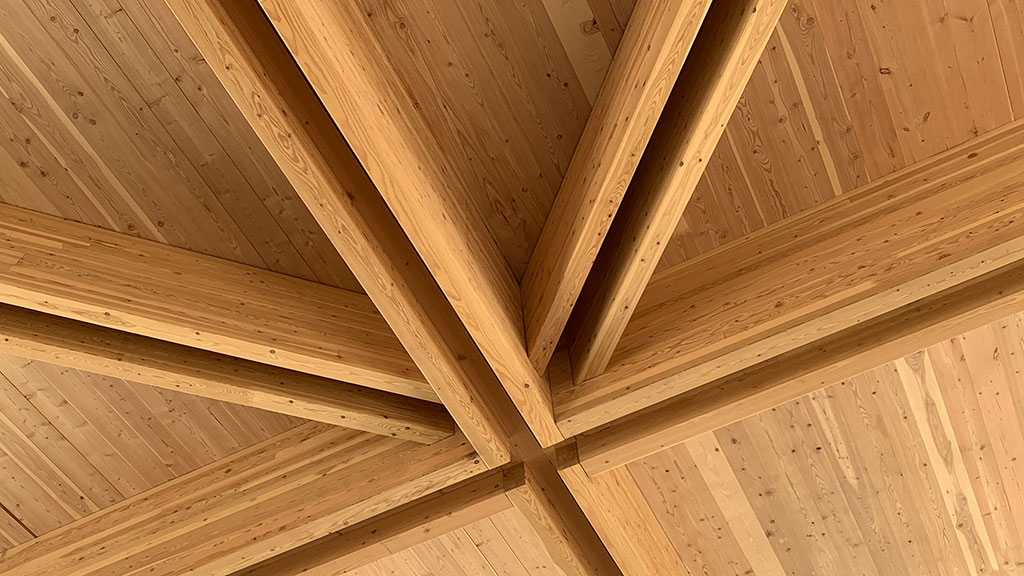Mass Timber: What It Is and Why We Need to Use a Lot More of It
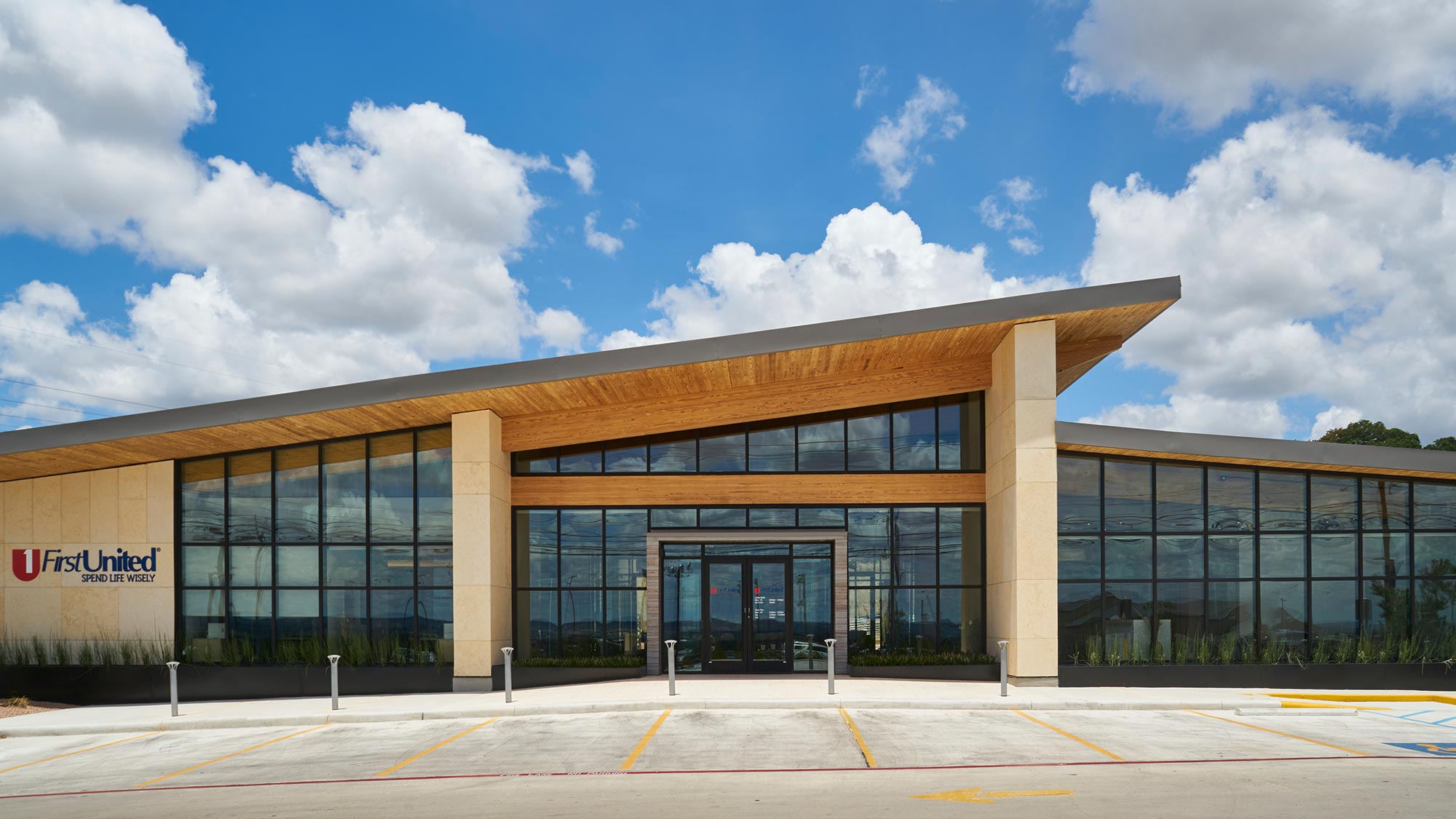
The built environment accounts for nearly 40% of global greenhouse gas emissions, making a reduction in carbon from construction critical to mitigating the effects of climate change.
This episode of the Gensler Design Exchange podcast explores mass timber as a sustainable design solution with insights from leaders who are advancing the building material through their work. The podcast features a conversation with Jean-Marc Dubois, of Nordic Structures, Taylor Coleman, of Gensler Dallas, Jennifer Shakun, of New England Forestry Foundation, and Erik Barth, of Gensler Boston, who lend their diverse perspectives from manufacturing, design, forestry advocacy, and research.
The discussion explains the performance benefits of mass timber over traditional building materials and provides context on mass timber’s origins and its rapid adoption, particularly in North America. The guests detail how mass timber is produced, review its structural capabilities and energy efficiency, and discuss the role of architects play in specifying lower carbon materials.
Top 5 Takeaways
- Our guests define mass timber and its performance advantages.
- The industry is seeing key growth in markets like the Pacific Northwest and Canada.
- Its fire resistant properties allow for the construction of taller wood buildings.
- Mass timber has lower embodied carbon than steel and concrete.
- Architects can address climate change impacts through reduced emissions and sustainable sourcing.
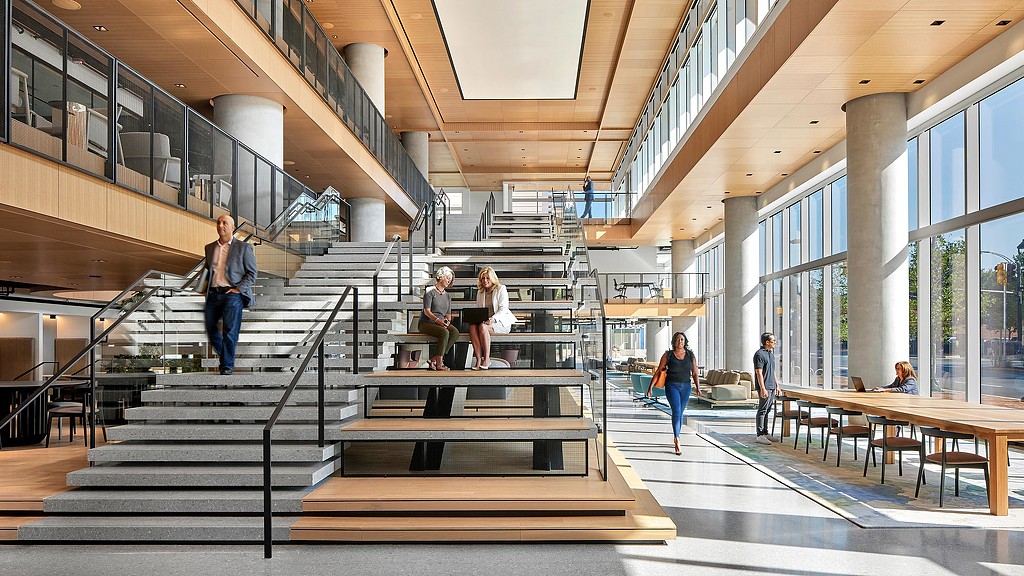
A Material Approach to Lowering Carbon and Changing the Building Industry
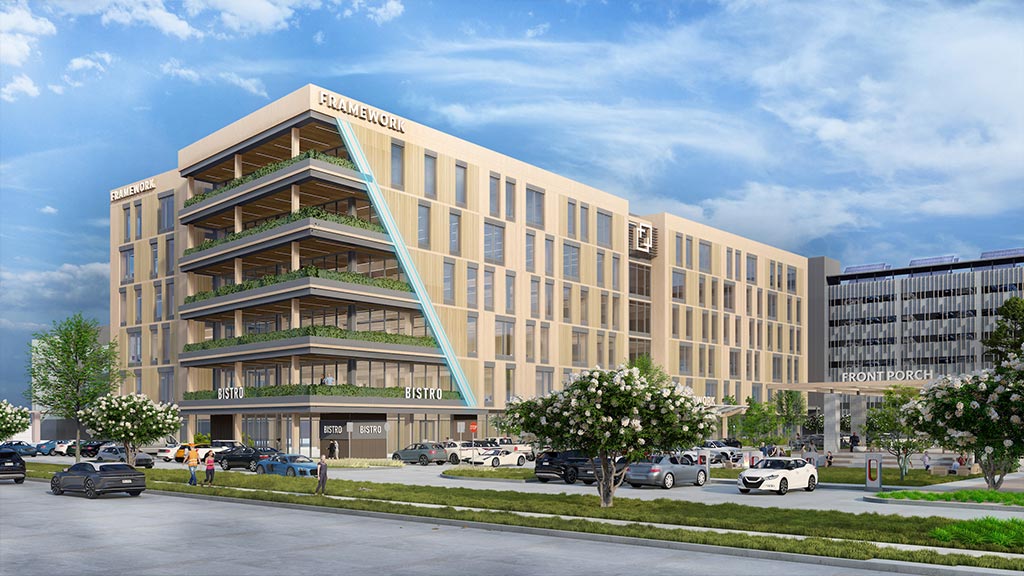
Houston’s First Mass Timber Commercial Office Building
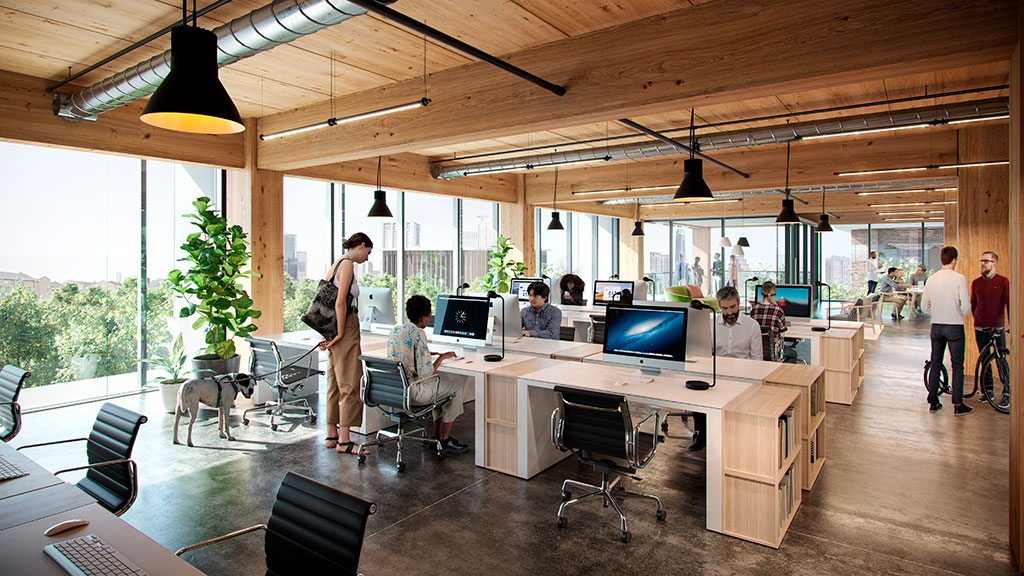
Mass Timber: The Sustainable Solution for the Design Industry (Part 2)
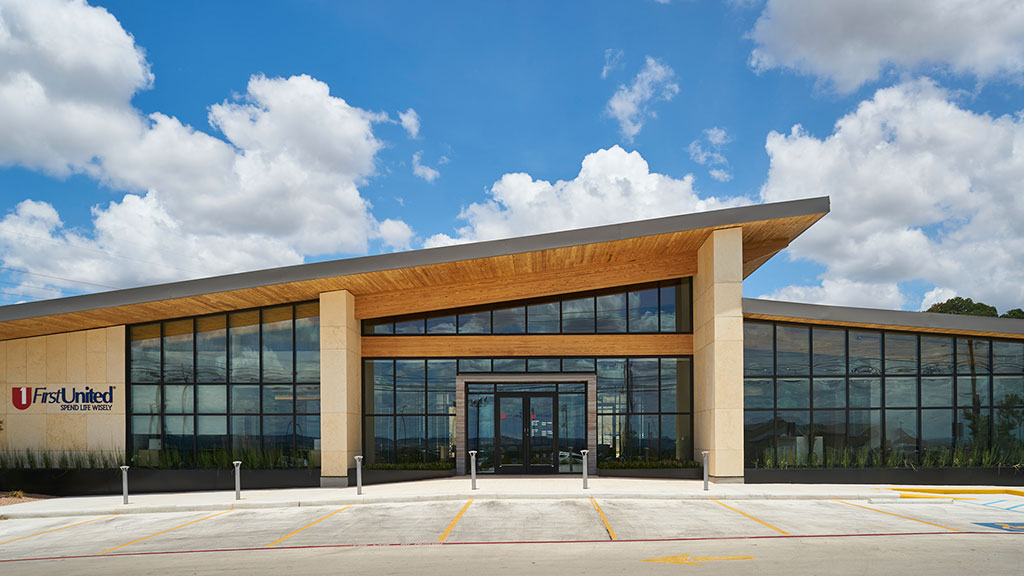
Mass Timber: The Sustainable Solution for the Design Industry
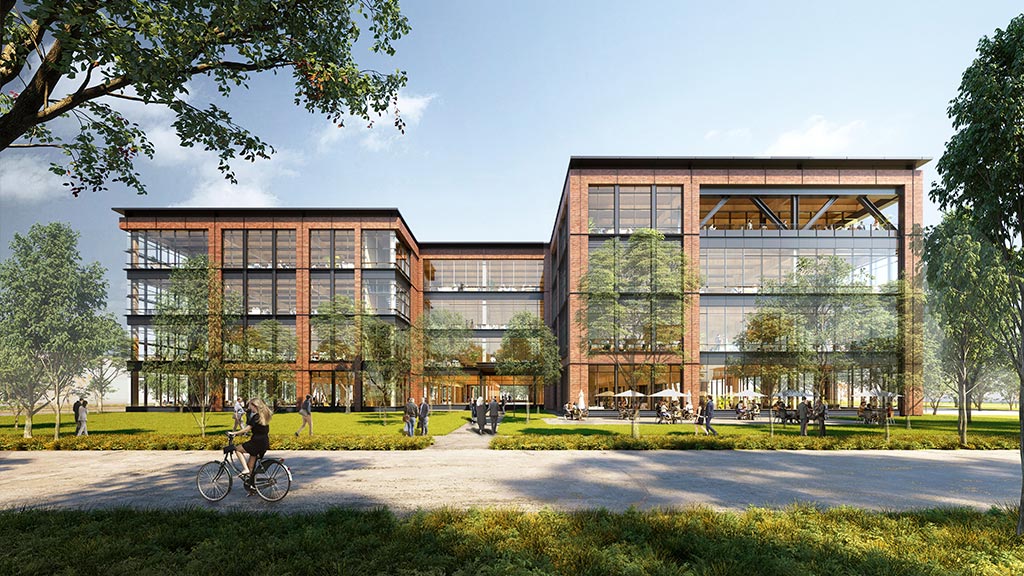
Mass Timber: The Sustainable Solution for the Design Industry
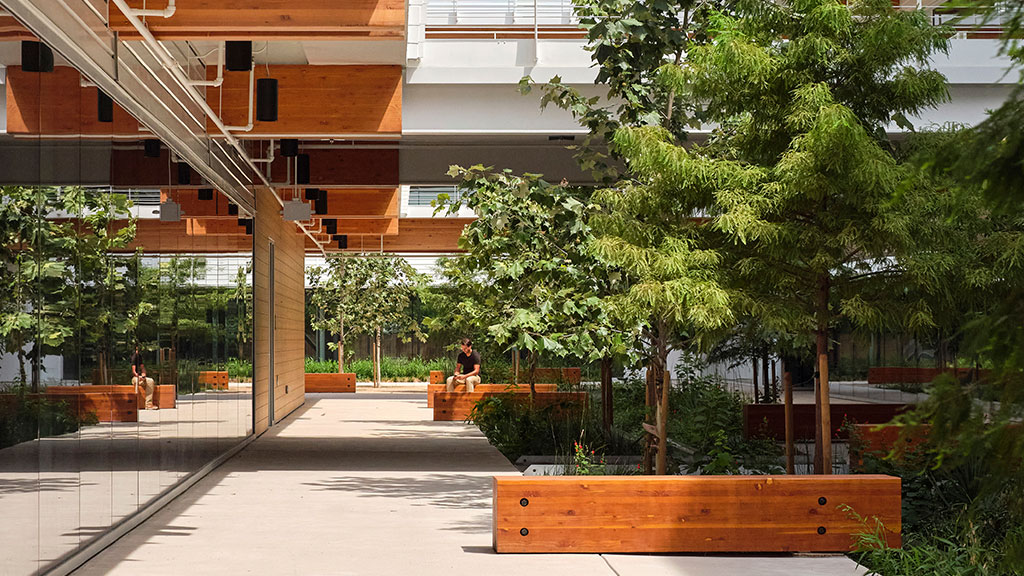
Fifth + Tillery
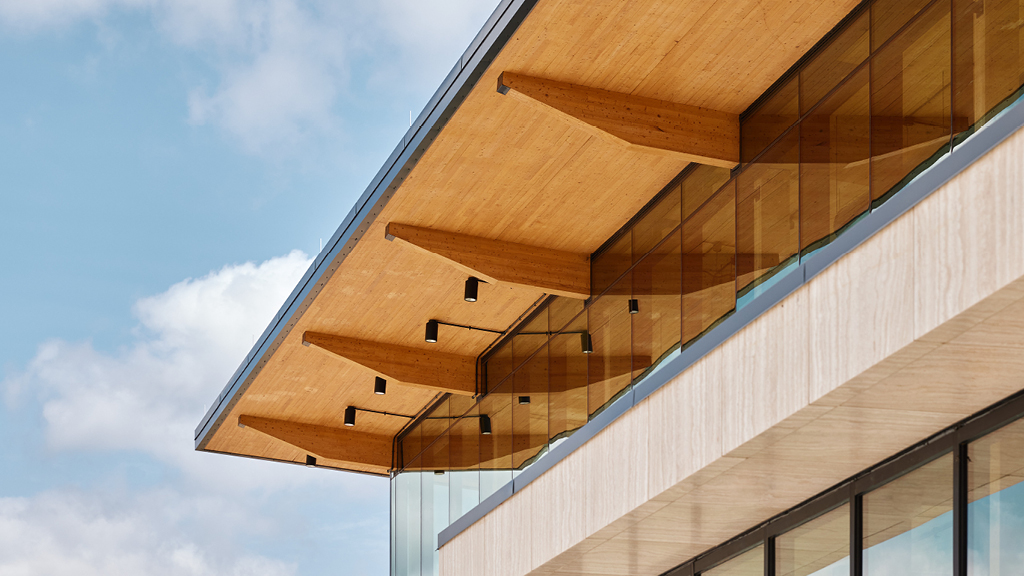
Climate Action Through Design
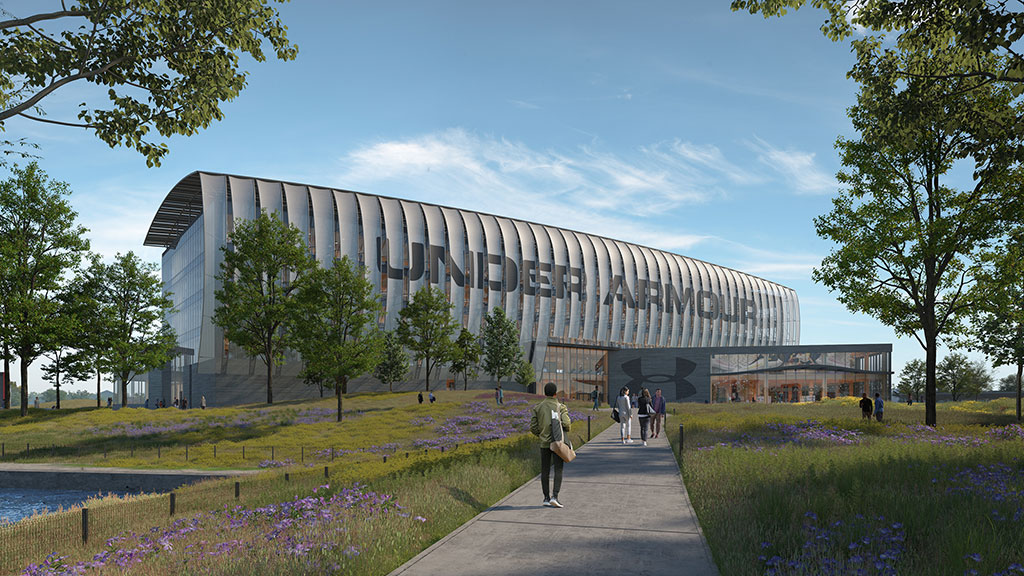
Is Mass Timber the American South’s Best Kept Secret? Not for Long.
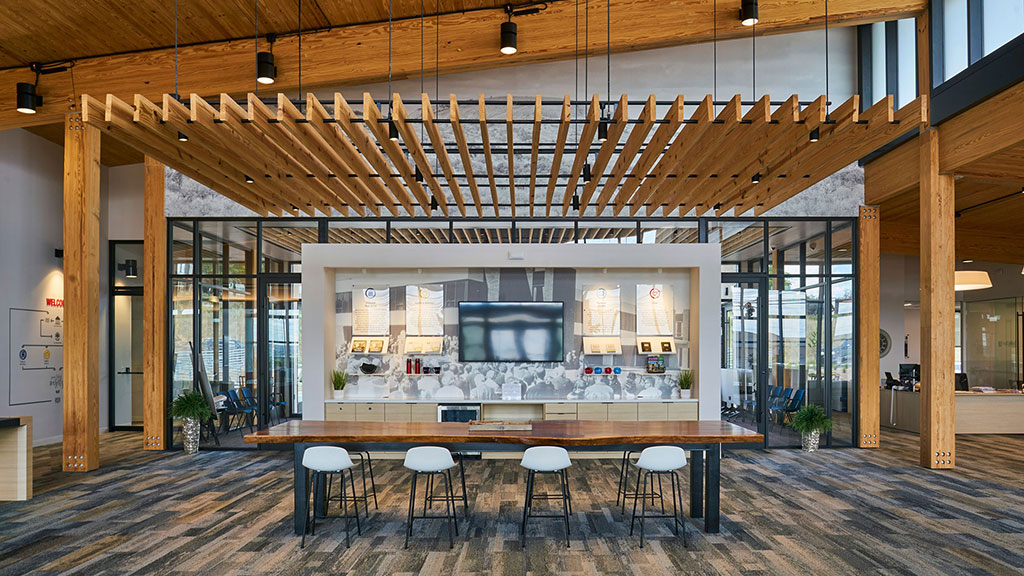
The Case for Mass Timber: How First United Bank Is Creating a More Sustainable Future
